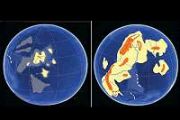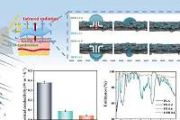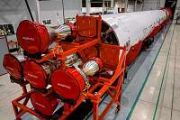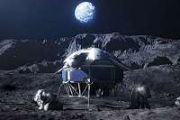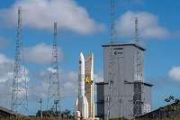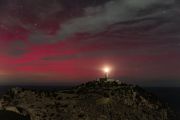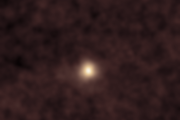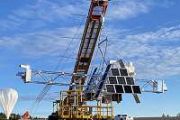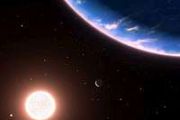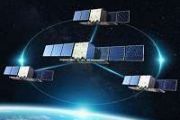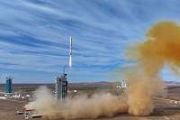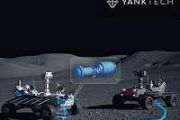
Copernical Team
How smarter satellite teamwork can speed up connections in space
 Low Earth orbit (LEO) mega-constellations are rapidly changing how we connect to the world, offering potential for faster communications, more accurate earth observation, and better disaster forecasting. Unlike previous, smaller satellite configurations, these mega-constellations involve thousands of satellites operating together, creating huge challenges for ground-based controllers struggling
Low Earth orbit (LEO) mega-constellations are rapidly changing how we connect to the world, offering potential for faster communications, more accurate earth observation, and better disaster forecasting. Unlike previous, smaller satellite configurations, these mega-constellations involve thousands of satellites operating together, creating huge challenges for ground-based controllers struggling Water production on exoplanets revealed by pressure experiments
 Researchers led by Lawrence Livermore National Laboratory postdoctoral scientist Harrison Horn have demonstrated a pathway for producing water on sub-Neptune exoplanets. The team recreated the boundary conditions between hydrogen atmospheres and magma cores using a laser-heated diamond-anvil cell.
Horn stated, "Our experiments are the first to look at interactions between hydrogen and sili
Researchers led by Lawrence Livermore National Laboratory postdoctoral scientist Harrison Horn have demonstrated a pathway for producing water on sub-Neptune exoplanets. The team recreated the boundary conditions between hydrogen atmospheres and magma cores using a laser-heated diamond-anvil cell.
Horn stated, "Our experiments are the first to look at interactions between hydrogen and sili A new angle of study for unveiling black hole secrets
 An international collaboration of physicists including researchers at Washington University in St. Louis has made measurements to better understand how matter falls into black holes and how enormous amounts of energy and light are released in the process.
The scientists pointed a balloon-borne telescope called XL-Calibur at a black hole, Cygnus X-1, located about 7,000 light-years from Ear
An international collaboration of physicists including researchers at Washington University in St. Louis has made measurements to better understand how matter falls into black holes and how enormous amounts of energy and light are released in the process.
The scientists pointed a balloon-borne telescope called XL-Calibur at a black hole, Cygnus X-1, located about 7,000 light-years from Ear Earth from Space: The Danakil Depression
 Image:
The Copernicus Sentinel-2 mission takes us over one of Earth’s most extreme environments: the Danakil Depression in Ethiopia.
Image:
The Copernicus Sentinel-2 mission takes us over one of Earth’s most extreme environments: the Danakil Depression in Ethiopia. Finding star clusters in the Lost Galaxy
 Image:
Finding star clusters in the Lost Galaxy
Image:
Finding star clusters in the Lost Galaxy Follow CM25 online

The European Space Agency's Ministerial Council – more formally Council at Ministerial level – takes place in Bremen, Germany on 26 and 27 November 2025.
The epic adventures of BepiColombo - Part 2: It’s a long way to Mercury
 Video:
00:05:30
Video:
00:05:30
Bepi, Mio and MTM’s adventures continue! What have they achieved on their extraordinary journey to Mercury, planet of extremes and mysteries?
They haven’t been bored, that’s for sure. They snapped cool photos and collected real science data as they flew past Earth, Venus and Mercury – each planet is unique! After witnessing Venus’s blinding heat, flying through Mercury’s freezing shadow, and braving strong winds and radiation coming from the Sun, the trio know they are ready for anything.
In November 2026, the spacecraft will arrive at Mercury to stay. Bepi and Mio will orbit around the little planet to
Marking one year until BepiColombo reaches Mercury

The ESA/JAXA BepiColombo mission has been cruising towards Mercury since October 2018. With just one year to go until it arrives at its destination, what has the mission achieved so far? And what can we expect from its two spacecraft after they enter orbit around the Solar System’s smallest and least-explored rocky planet?
'Worms in space' experiment aims to investigate the biological effects of spaceflight
Verifying that you are not a bot
Moss spores survive 9 months outside International Space Station
Verifying that you are not a bot




